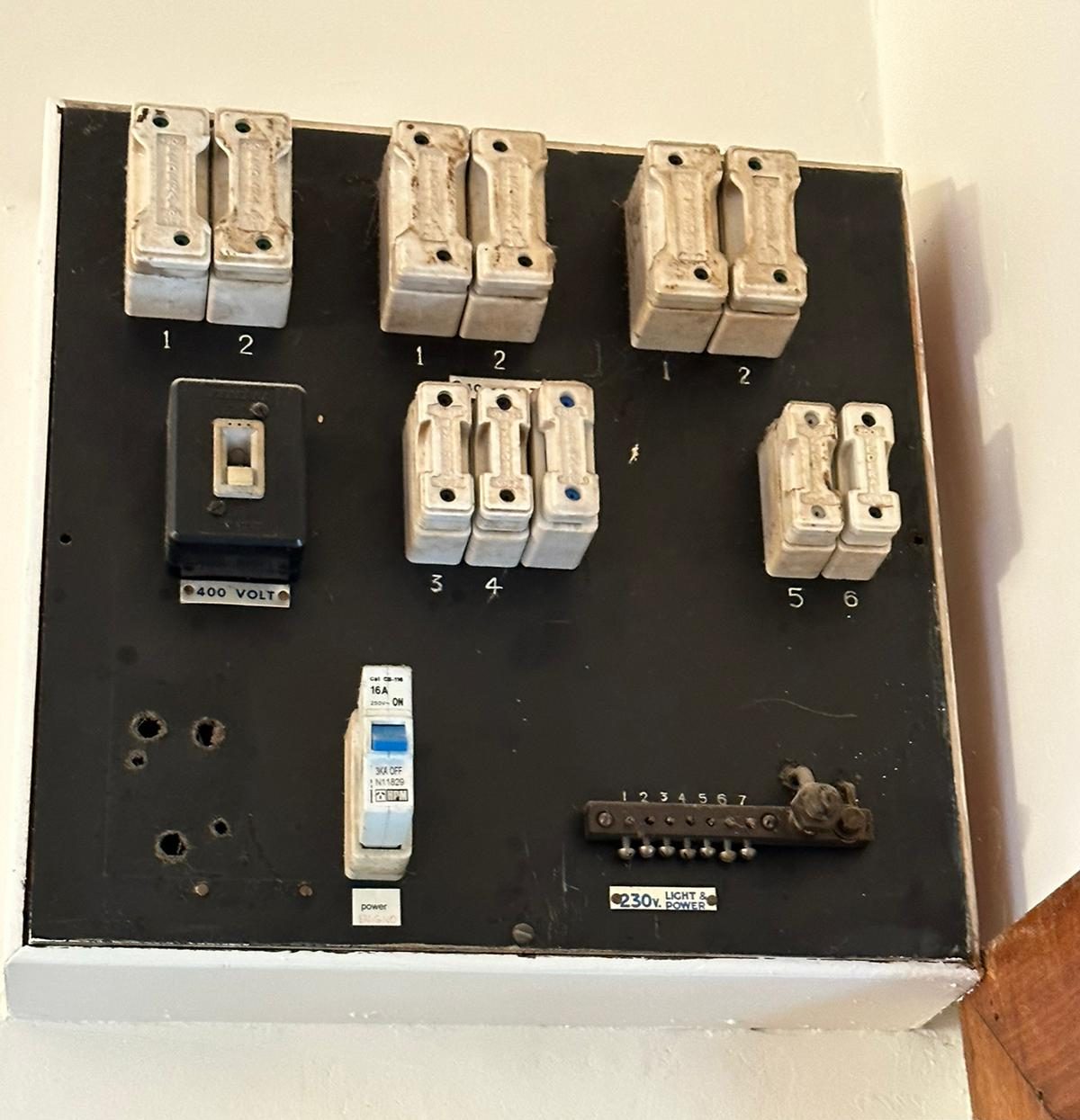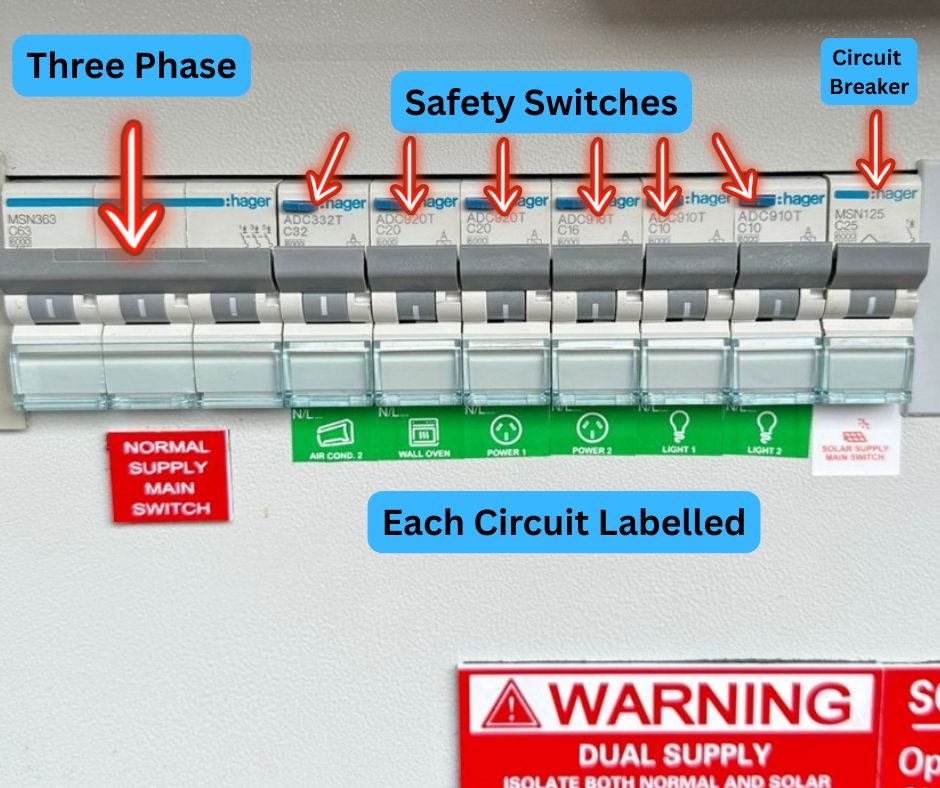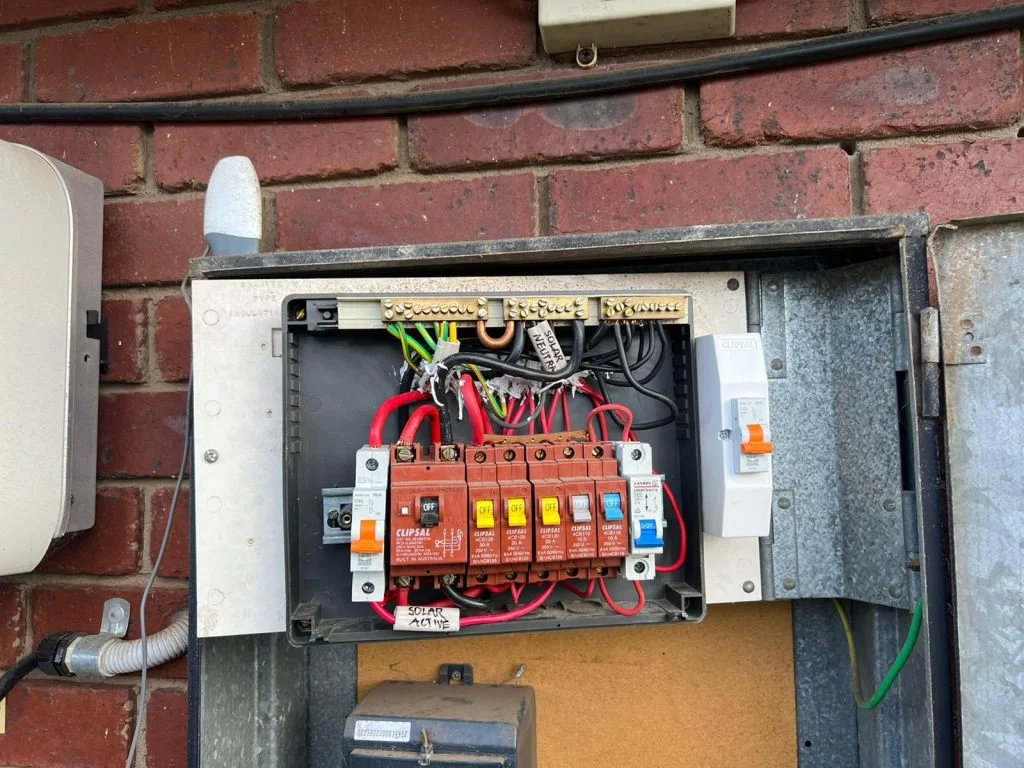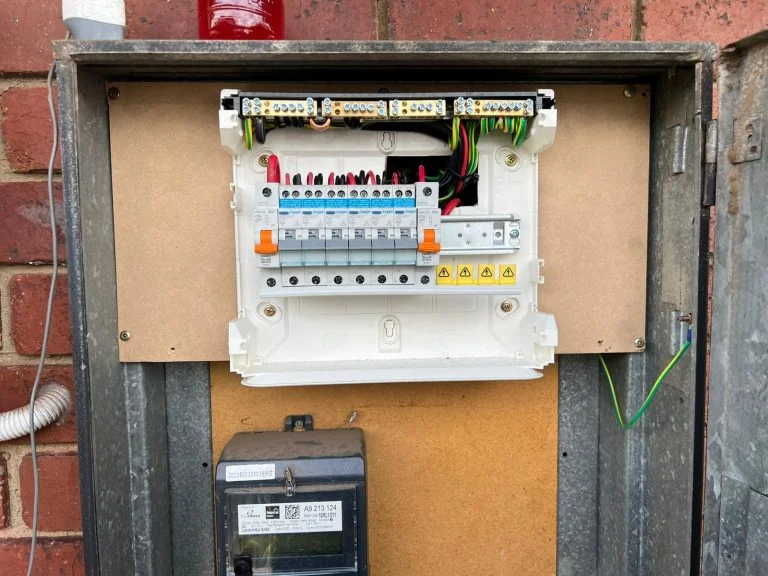Explore the Essential Role of Safety Switches in Securing Your Home Against Electrical Hazards
Without safety switches, commonly known as RCDs or Residual Current Devices, your residence is left exposed, lacking this crucial automatic defence mechanism against electric shock. In instances of electrical failures, the power may not disconnect swiftly enough, potentially leading to serious injuries or catastrophic fires. In Victoria, it is now a legal requirement to install safety switches for all final circuits in residential properties, significantly enhancing safety measures and mitigating the risk of accidents.
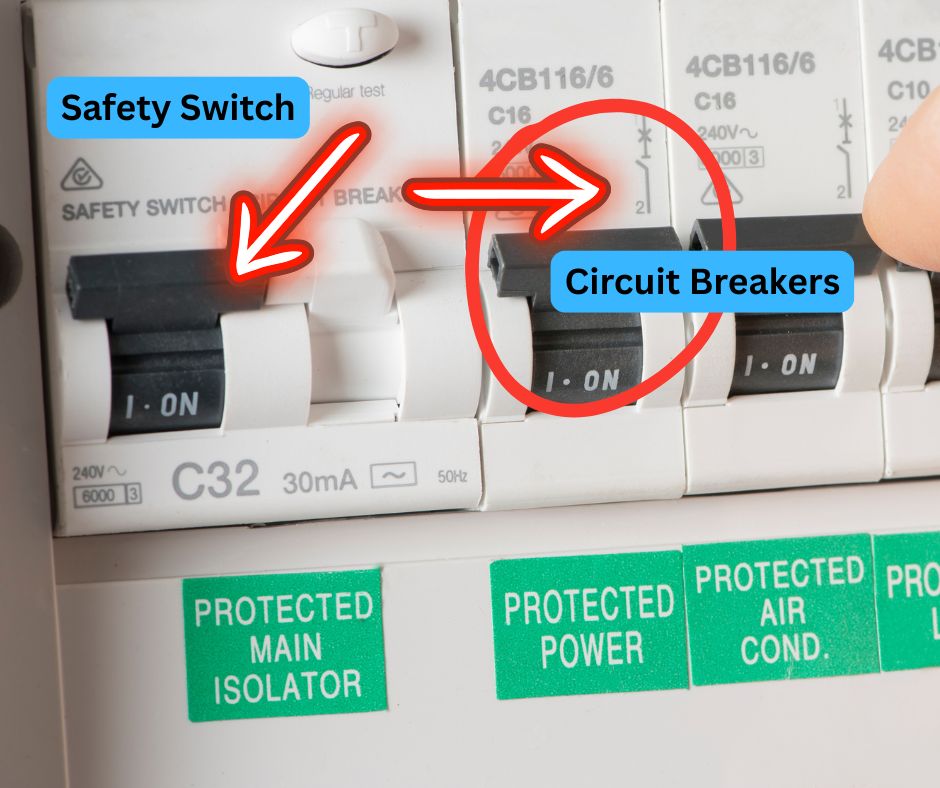
Understanding How Switchboards Function and Why Safety Switches Are Vital
Safety switches are integral components of your home’s electrical system. If your switchboard lacks these essential protective devices, you are placing your safety at significant risk. This concern is particularly pronounced in older homes situated in areas such as Footscray, Braybrook, and Yarraville, where many long-term residents have not upgraded their electrical systems for an extended period. While older fuse boxes with ceramic fuses, cotton-wrapped wiring, or basic circuit breakers may still function, they do not provide adequate protection against electric shock or other electrical hazards that could jeopardise the safety of you and your family.
Recognising the dangers linked to outdated electrical systems is crucial for effectively protecting your household.
1. Exploring the Definition of a Safety Switch and How It Operates
A safety switch, often referred to as a Residual Current Device (RCD), continuously monitors the electricity flow in real-time. When it detects a current leak—such as from a compromised wire or an individual inadvertently coming into contact with live electricity—it disconnects the power within milliseconds. This rapid reaction is what makes safety switches indispensable for preventing severe accidents. Unlike traditional fuses and circuit breakers that trip due to overcurrent, safety switches activate in response to potentially hazardous situations, prioritising your safety and overall well-being.
2. A Step-by-Step Guide to Checking the Presence of Safety Switches in Your Home
To determine whether your switchboard is equipped with safety switches, you should open the panel and look for specific indicators, including:
- Labels stating “Safety Switch”
- Labels indicating “RCD”
- A TEST button located on the circuit breaker
If you do not find a test button on any of your breakers, or if your switchboard is still using ceramic fuses, this indicates that you do not have RCD protection installed in your home. This vital information is further elaborated in our detailed Switchboard Upgrade Services.
3. An In-Depth Examination of the Risks Associated with Not Having Safety Switches Installed
Heightened Risk of Severe Electric Shock
In the absence of a RCD, the hazards significantly increase. If a live wire makes contact with an individual or a conductive surface, the electrical current remains operational. This scenario is extremely dangerous, as neither the fuse nor the breaker will activate quickly enough to prevent a serious electric shock, resulting in a potentially fatal situation.
Insufficient Protection Against Appliance Failures
When appliances such as a faulty toaster or washing machine begin to leak current, they can electrify nearby metal surfaces, leading to severe injuries. Thankfully, RCDs are specifically designed to swiftly detect these hazardous faults, providing essential protection that can save lives.
Failure to Comply with Modern Safety Regulations
All homes built or renovated after 1991 in Victoria are legally required to have safety switches installed on power circuits. As of 2007, this requirement has also been extended to include lighting circuits. For comprehensive guidelines, please refer to the documentation provided by Energy Safe Victoria.
4. Recognising Indicators That Your Switchboard Is Outdated and Unsafe
- Absence of “TEST” buttons on breakers
- Presence of outdated ceramic fuses
- Power outlets producing buzzing noises or feeling warm to the touch
- Only a single circuit supplying power to the entire household
- Insufficient space available for adding extra breakers
- Frequent flickering lights or tripping circuits when multiple appliances are in operation
If you notice any of these alarming signs, we strongly advise visiting our switchboard service page. Our highly trained team is equipped to carry out a comprehensive inspection of your switchboard and provide you with an accurate quote on the spot.
5. Our Comprehensive Strategy for Upgrading Your Switchboard to Ensure Maximum Safety
During our thorough upgrade process, we will:
- Conduct a detailed inspection of your existing switchboard and electrical circuits
- Remove any outdated ceramic fuses or circuit breakers
- Install advanced RCBOs that integrate both circuit breaker and safety switch functionalities
- Label each circuit clearly for easy identification and access
- Issue a Certificate of Electrical Safety upon the successful completion of the upgrade
- Coordinate any necessary temporary power shutdowns to ensure safety during the upgrade
Additionally, we can strategically separate lighting and power across different circuits, significantly enhancing both the safety and efficiency of your home’s electrical system.
6. Assessing the Need for a Complete Replacement of Your Switchboard
In most cases, the answer is indeed affirmative. Simply adding safety switches to an older switchboard may not be the safest or most effective solution. We often recommend a full switchboard replacement if:
- You are still relying on rewireable fuses
- Visible signs of overheating or corrosion are present
- You intend to add more circuits or electrical appliances
- Your insurance provider requires a compliant switchboard for coverage
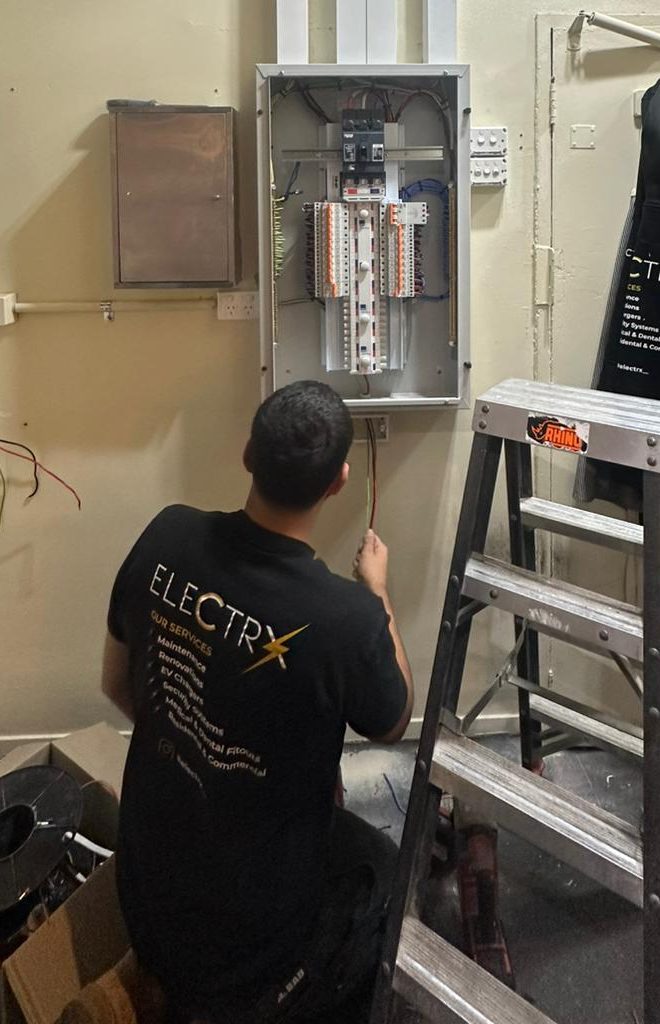
Frequently Asked Questions Regarding Safety Switches and Their Significance
Are safety switches legally required?
Yes, safety switches are mandated for all newly constructed homes and during significant renovations. Older properties must have these devices installed whenever substantial electrical work is carried out.
How often should safety switches be tested to ensure they function properly?
It is advisable to test safety switches every three months. Simply press the TEST button to confirm that it trips as expected. If it does not trip, this indicates a malfunction, and you should promptly arrange for a replacement.
Can I keep my old fuse box and just add one RCD?
While it is technically possible to do this, it is rarely recommended. Older fuse boards are not designed to handle the demands of modern electrical circuits.
Will my power supply be temporarily interrupted during the upgrade?
Yes, there will be a temporary interruption to your power supply. However, we will strive to minimise downtime and coordinate with your energy distributor to ensure a seamless transition.
Enhance Your Home's Safety and Compliance by Upgrading Your Switchboard Today
Operating your home without safety switches poses significant risks associated with electrical faults. A single electrical fault could lead to severe electric shock, fire hazards, or even worse outcomes.
We specialise in swiftly and effectively upgrading your switchboard, ensuring it meets all safety standards and is fully certified, so your home complies with modern safety regulations rather than outdated ones.
Explore our Switchboard Upgrade Services in Melbourne for more detailed information.
No Safety Switches on Your Switchboard? Here’s Why That’s Not Safe
The Article: Safety Switches on Your Switchboard: Why They’re Essential first appeared on https://writebuff.com
The Article Essential Safety Switches for Your Switchboard Was Found On https://limitsofstrategy.com
The Article Safety Switches: Essential Components for Your Switchboard found first on https://electroquench.com/
